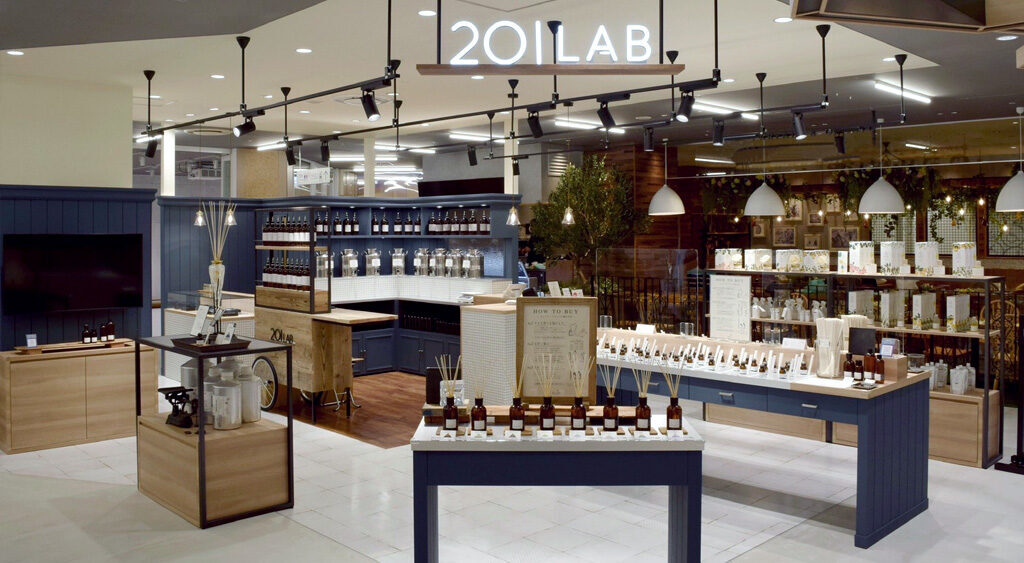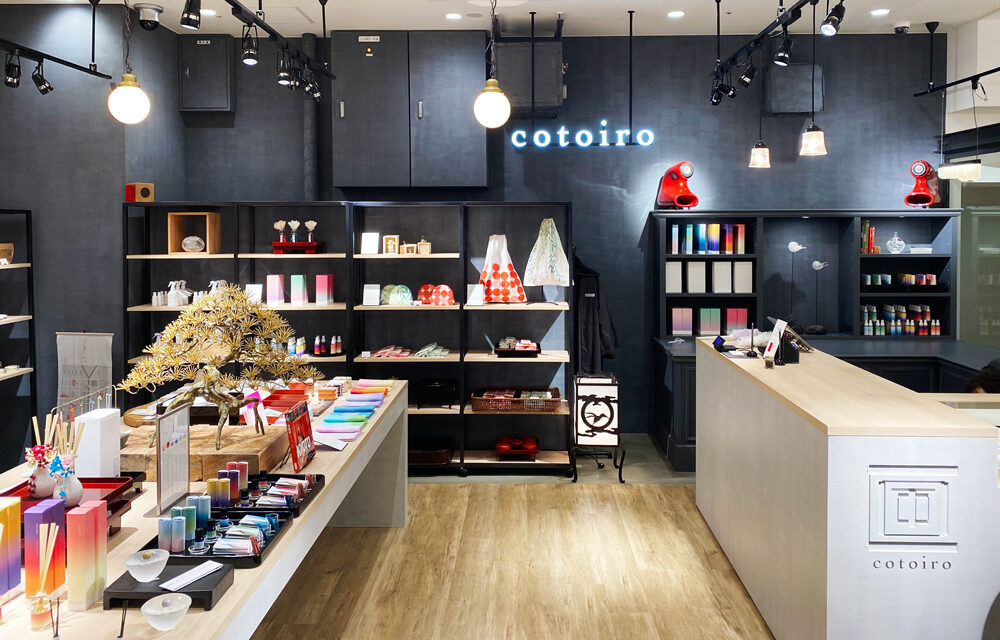Hello everyone,
There are various fragrances in the world, and in fragrances, there are “Fragrance Compounds,” which are mixed fragrances containing various fragrance ingredients.
Did you know that there is a “Magic Diagram” that tells you what kind of image a fragrance compound is made up of?
What is volatility? What are top/middle/base notes?
The 13th edition of FRAGRANCE LAB.BLOG, brought to you by fragrance manufacturer ART LAB., is about the “Fragrance Pyramid.”
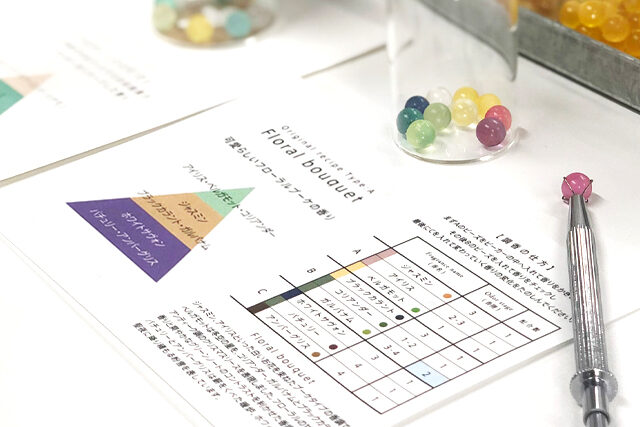
“Fragrance Pyramid” to visualize fragrance recipes
You may have seen triangular diagrams describing fragrances at various stores that carry our ART.LAB products and also other companies’.
What does this diagram represent?
Fragrance products such as perfumes and reed diffusers, which are formulated by perfumers, contain a variety of fragrances, which are blended in good balance.
However, each invisible fragrance component actually has its own size, and not all fragrances volatilize at the same rate.
Take, for example, alcohol, which we often use these days for hand sanitizing. Alcohol dries quickly when put on the hands, but what if this is water? It takes time to dry, doesn’t it? Similar to this liquid example, some gaseous scents disappear quickly, while others remain longer. This is the difference in volatilization speed.
The pyramid of fragrance is a visualization of the speed of volatilization and the perfumer’s image of the fragrance.
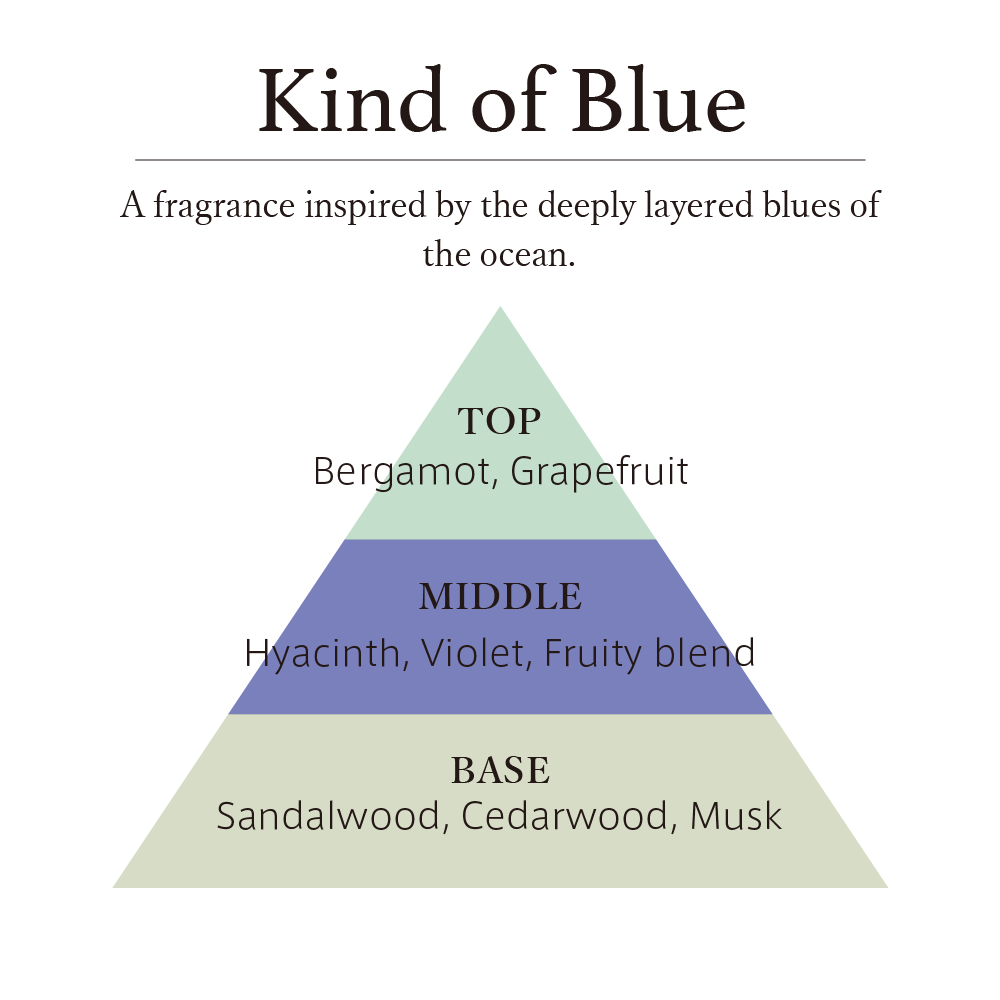
Top note / Middle note / Base note
The pyramid of fragrances is divided into three categories based on the differences in volatilization speed as described above. For example, let’s take 201LAB’s “Asian Flower,” a fragrance with exotic mature allure, as an example.
■TOP NOTE
This is a highly volatile fragrance and is represented at the top of the pyramid.
Orchid and Lotus are examples here.
■MIDDLE NOTE
The middle note is the center of the fragrance, and is the middle of the pyramid. Also known as the “heart note,” it serves as the link between the top and base notes.
Ylang-ylang and floral bouquet are examples here.
■BASE NOTE
The base note is the heavy last notes, and is represented at the bottom of the pyramid. It is mainly made up of woody and animalic fragrances, and also plays a role in enhancing the overall longevity of the fragrance.
Amber and Musk are examples here.
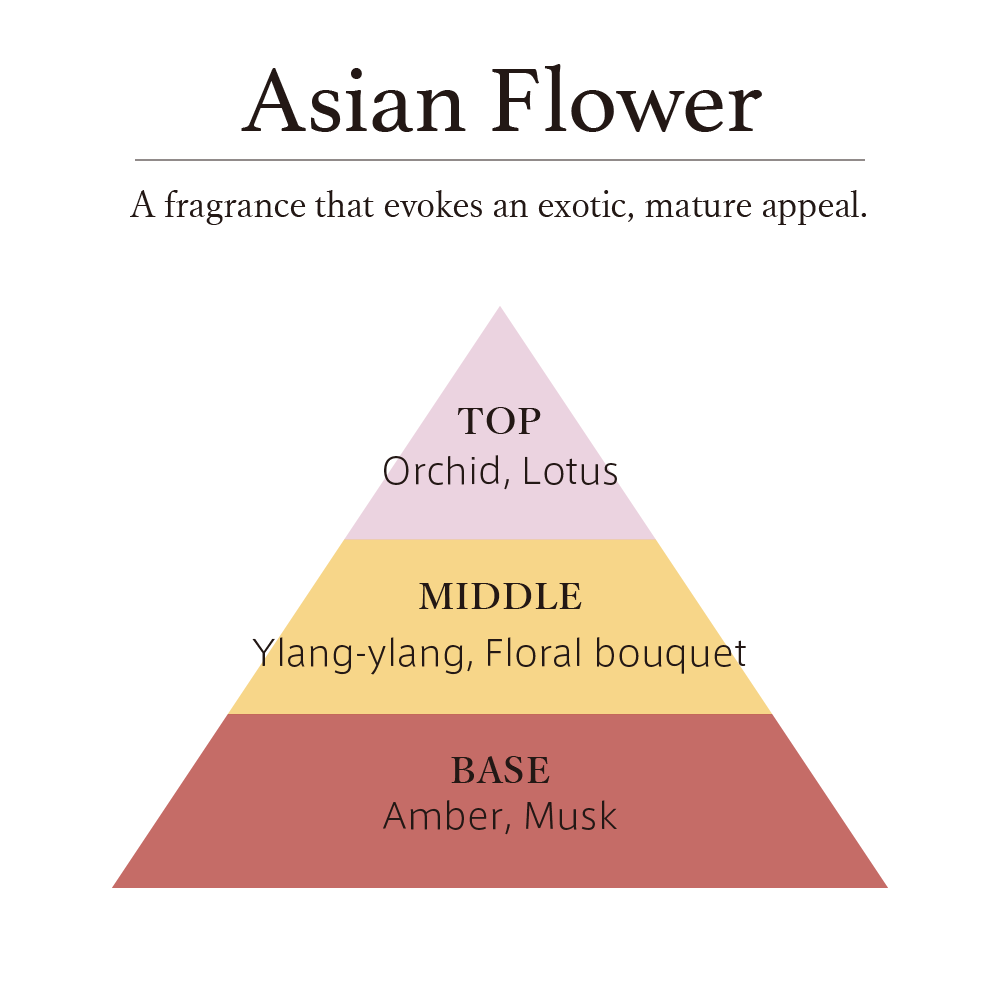
Making it easier to recognize, since fragrances are invisible to the eye.
For example, we have described 201LAB Japanese Garden as “Fragrance inspired by the image of a Japanese garden reflecting the changes of seasons,” but fragrances are invisible to the eye, and each person perceives differently. This is a way of expressing that image in other words, making it visually easy to understand.
This diagram is useful to describe a recipe to understand easily, it has recently come to be used not only for perfumes and room fragrances, but also for daily necessities such as shampoos and soaps, in order to help people understand fragrances better.
When you see a “Fragrance Pyramid” in a store, take a look at the fragrance recipe and try to identify the fragrances while unraveling the total image of the fragrance, and you may be able to catch a glimpse of the perfumer’s vision.
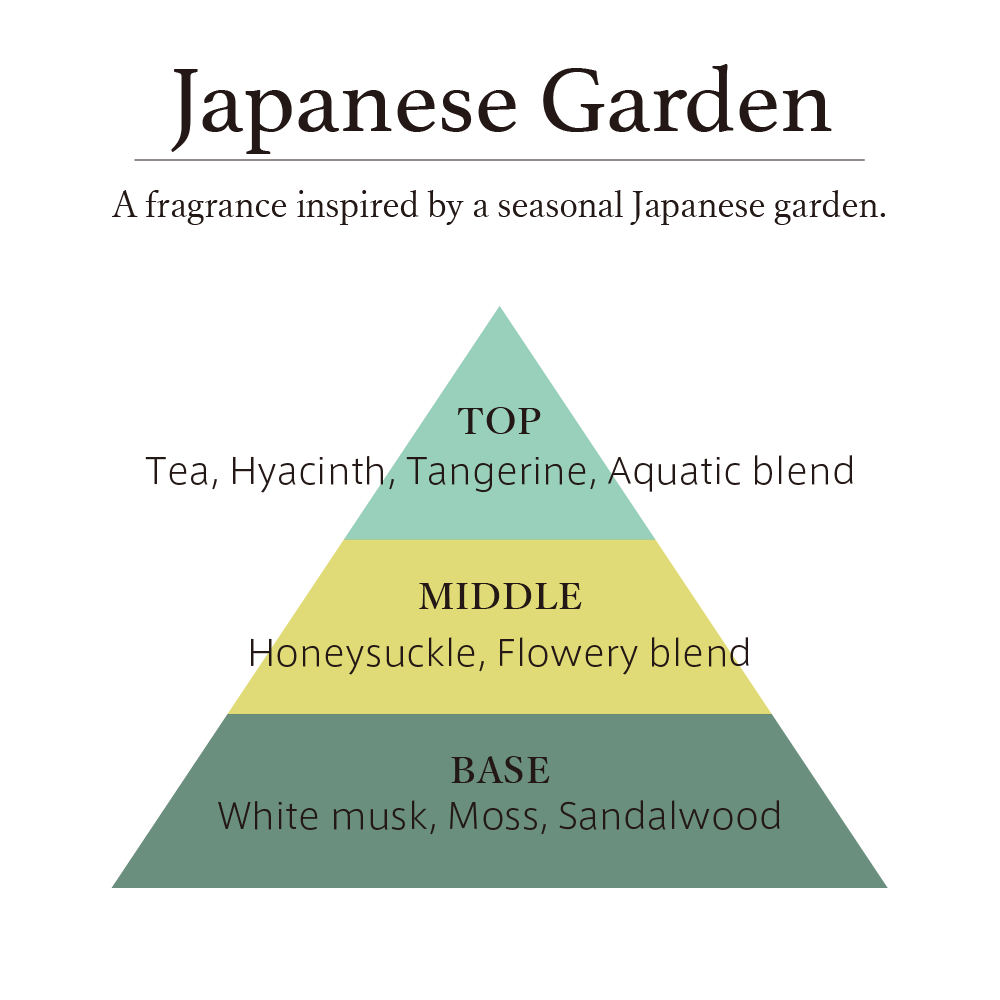
Lastly,
This issue of FRAGRANCE LAB.BLOG was about the “Fragrance Pyramid”. Isn’t it interesting to know that fragrances are classified into top/middle/base notes according to the volatility of fragrances, and that we can also learn about the perfumer’s vision.
The products mentioned as examples are available at ART.LAB stores, including 201LAB and Rakuten online store (Domestic shipping only). Why don’t you visit them and try the fragrances?
See you again in the next issue of FRAGRANCE LAB.BLOG – Fragrance Etc.

